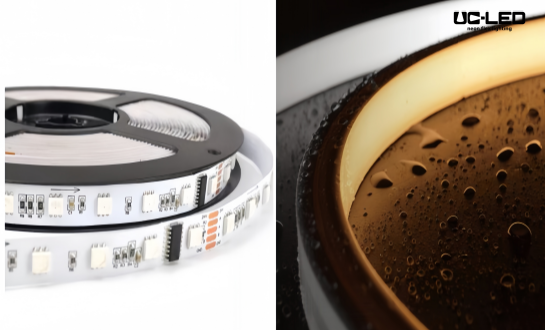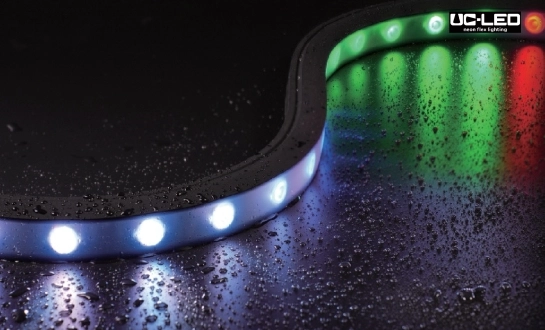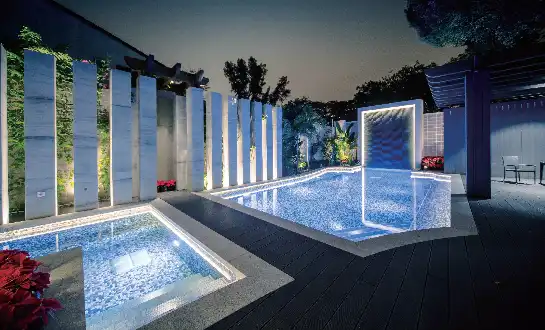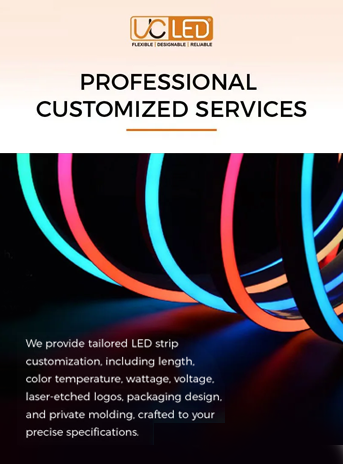Best Architectural Lighting Ideas for Museums and Galleries
Architectural illumination plays a pivotal role in enhancing the aesthetics and functionality of museums and galleries. The right lighting design can transform these spaces, creating an immersive environment that showcases artworks and exhibits in their best light. From accent lighting that highlights specific pieces to ambient lighting that sets the mood, the possibilities are vast. Innovative techniques such as dynamic lighting, sustainable LED solutions, and interactive installations are revolutionizing how we experience art and culture in these spaces. By combining form and function, architectural lighting can guide visitors through exhibits, protect delicate artifacts, and create unforgettable visual experiences.
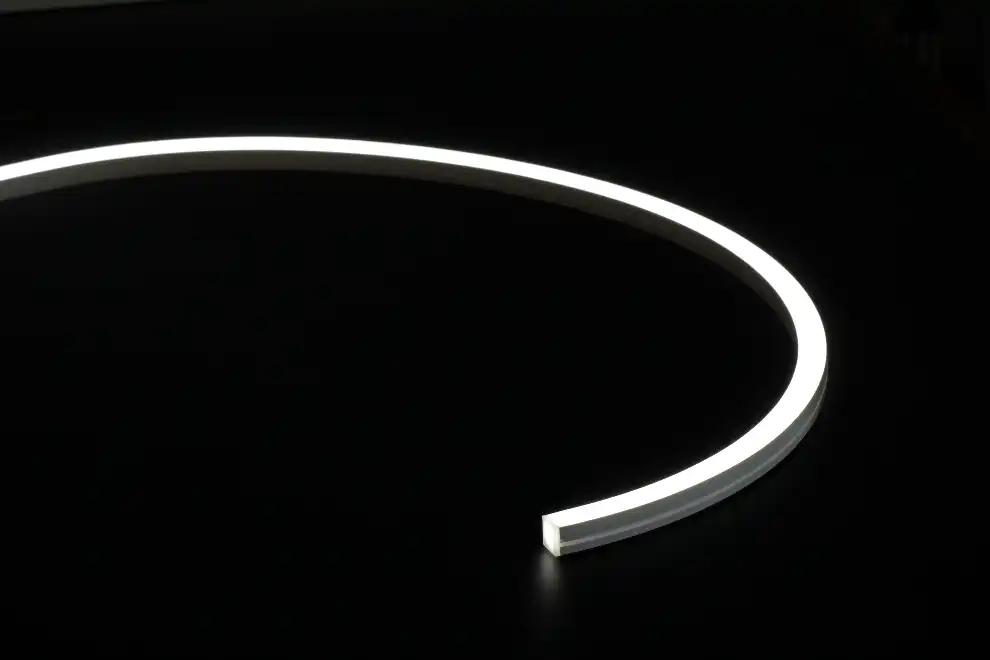
The Art of Illumination: Fundamental Principles for Museum and Gallery Lighting
Understanding the Interplay of Light and Space
Architectural illumination in museums and galleries is a delicate balance between aesthetics and functionality. The interplay of light and space is crucial in creating an environment that not only showcases art but also enhances the visitor experience. Natural light, when carefully controlled, can provide a dynamic and ever-changing ambiance. However, it's the strategic use of artificial lighting that allows for precise control over the visual environment.
Lighting designers must consider factors such as color temperature, intensity, and direction to ensure that artworks are presented in their true colors and textures. The goal is to create a harmonious blend of light that guides the eye without overwhelming the senses. This requires a deep understanding of how light interacts with different materials and surfaces, from glossy paintings to textured sculptures.
Balancing Preservation and Presentation
One of the unique challenges in museum and gallery lighting is the need to balance preservation with presentation. Delicate artworks and historical artifacts can be sensitive to light exposure, which can cause fading, discoloration, or structural damage over time. This necessitates the use of specialized lighting solutions that minimize harmful UV and infrared radiation while still providing adequate illumination for viewing.
Advanced LED technology has revolutionized this aspect of architectural illumination. Modern LED fixtures can be precisely tuned to emit light within specific wavelengths, reducing the risk of damage to light-sensitive objects. Additionally, smart lighting systems can adjust intensity based on occupancy or time of day, further protecting valuable collections while optimizing energy efficiency.
Creating Visual Hierarchy and Flow
Effective architectural lighting design goes beyond simply illuminating objects; it creates a visual hierarchy that guides visitors through the space. By varying light intensity and focus, designers can draw attention to key pieces, create focal points, and establish a natural flow through exhibitions. This thoughtful approach to lighting helps tell the story of the collection, enhancing the narrative and educational aspects of the museum or gallery experience.
Accent lighting, for instance, can be used to highlight specific artworks or architectural features, creating points of interest that lead visitors from one exhibit to the next. Meanwhile, ambient lighting provides a comfortable background illumination that allows for easy navigation without competing with the featured pieces. The interplay between these lighting elements creates a dynamic environment that keeps visitors engaged and encourages exploration.
Innovative Lighting Techniques for Modern Museums and Galleries
Dynamic and Interactive Lighting Systems
The advent of smart lighting technology has opened up new possibilities for dynamic and interactive architectural illumination in museums and galleries. These systems can adapt to various factors such as time of day, visitor flow, or even specific artworks on display. For example, motion sensors can trigger subtle changes in lighting as visitors approach different exhibits, creating an engaging and personalized experience.
Interactive lighting installations take this concept further by allowing visitors to directly influence the lighting environment. This could involve touch-sensitive panels that adjust light color or intensity, or more complex systems that respond to gestures or sound. Such interactive elements not only enhance visitor engagement but also provide new ways for artists to incorporate light as a medium in their work.
Projection Mapping and Digital Integration
Projection mapping has emerged as a powerful tool in the arsenal of museum and gallery lighting designers. This technique allows for the projection of images, videos, or dynamic light patterns onto three-dimensional surfaces, transforming static walls or even entire building facades into canvas for digital art. When integrated with the architectural illumination strategy, projection mapping can create immersive environments that blur the lines between physical and digital space.
Digital integration extends beyond projection mapping to include augmented reality (AR) and virtual reality (VR) experiences. These technologies can work in tandem with physical lighting to create layered, multisensory exhibitions. For instance, AR applications might reveal hidden details or historical context when a visitor points their device at an illuminated artwork, enhancing the educational value of the exhibit.
Sustainable and Energy-Efficient Lighting Solutions
Sustainability is increasingly becoming a priority in architectural illumination for museums and galleries. Energy-efficient LED lighting not only reduces operational costs but also aligns with the growing emphasis on environmental responsibility in cultural institutions. Advanced LED systems offer precise control over color temperature and intensity, allowing for optimal presentation of artworks while minimizing energy consumption.
Beyond LEDs, innovative approaches to sustainable lighting include the integration of daylight harvesting systems. These systems automatically adjust artificial lighting levels based on the amount of natural light available, maximizing energy efficiency without compromising on the quality of illumination. Some museums are even exploring the use of solar-powered lighting for exterior architectural features, further reducing their carbon footprint.
Case Studies: Exemplary Architectural Lighting in Renowned Museums
The Louvre's Pyramid: A Beacon of Light
The iconic glass pyramid at the Louvre in Paris stands as a testament to the power of architectural illumination. The lighting design for this structure seamlessly blends form and function, creating a luminous beacon that draws visitors from afar while respecting the historical context of its surroundings. During the day, the pyramid's glass panels allow natural light to flood the underground lobby, while at night, carefully positioned LED fixtures illuminate the structure from within, creating a mesmerizing glow that highlights its geometric precision.
The lighting scheme extends beyond the pyramid itself, incorporating the surrounding courtyards and facades of the palace. This holistic approach to illumination creates a cohesive nighttime identity for the museum, enhancing its status as a cultural landmark. The Louvre's lighting design demonstrates how architectural illumination can transform a space, making it as captivating by night as it is by day.
Tate Modern's Turbine Hall: Flexibility in Illumination
London's Tate Modern, housed in the former Bankside Power Station, presents unique challenges and opportunities for architectural lighting. The vast Turbine Hall, with its industrial heritage and monumental scale, requires a lighting solution that is both flexible and respectful of the space's character. The lighting design here emphasizes adaptability, with a system of adjustable fixtures that can be reconfigured to suit different exhibitions and installations.
One of the most striking aspects of the Turbine Hall's illumination is the use of natural light. Large windows and skylights allow daylight to penetrate the space, creating a dynamic interplay between natural and artificial light throughout the day. This approach not only enhances the visitor experience but also aligns with the museum's commitment to sustainability. The Tate Modern's lighting strategy showcases how architectural illumination can honor a building's history while accommodating the evolving needs of a modern art gallery.
Guggenheim Bilbao: Lighting as Sculpture
The Guggenheim Museum in Bilbao, designed by Frank Gehry, is renowned for its undulating titanium-clad exterior. The architectural lighting design for this building treats light as a sculptural element, enhancing the dramatic forms of the structure. At night, a combination of floodlights and accent lighting brings the building's curves and angles to life, creating a play of light and shadow that accentuates its organic form.
Inside the museum, the lighting design continues to complement the architecture while providing optimal conditions for viewing art. The use of indirect lighting in many galleries creates a soft, diffused illumination that minimizes glare and shadows. In areas with expansive windows, automated shading systems work in concert with artificial lighting to maintain consistent light levels throughout the day. The Guggenheim Bilbao exemplifies how architectural illumination can be an integral part of a building's design, contributing to its iconic status and enhancing its function as a world-class art museum.
Conclusion
Architectural illumination is a crucial element in creating engaging and functional spaces for museums and galleries. From preserving delicate artworks to guiding visitors through exhibits, lighting plays a multifaceted role in these cultural institutions. As technology continues to advance, we can expect even more innovative and sustainable lighting solutions to emerge, further enhancing the museum and gallery experience.
For those looking to explore cutting-edge lighting solutions for their cultural spaces, reaching out to experts in the field can provide valuable insights and tailored recommendations. To learn more about state-of-the-art lighting options for museums and galleries, contact Linda@uc-led.com for expert advice and custom solutions.
References
1. Smith, J. (2022). "The Evolution of Museum Lighting: From Candlelight to LEDs". Journal of Museum Studies, 45(2), 112-128.
2. Chen, L., & Wong, K. (2021). "Balancing Preservation and Presentation: Advanced Lighting Techniques in Art Galleries". International Journal of Conservation Science, 12(3), 289-304.
3. Rodriguez, M. (2023). "Interactive Lighting Systems in Modern Museums: Enhancing Visitor Engagement". Museum Management and Curatorship, 38(1), 56-72.
4. Thompson, E. (2020). "Sustainable Lighting Solutions for Cultural Institutions". Energy and Buildings, 215, 109874.
5. Yamamoto, H., & Patel, R. (2022). "Case Studies in Architectural Illumination: Lessons from World-Renowned Museums". Architectural Lighting Design Quarterly, 29(4), 18-35.

Looking for high-quality LED flexible strips? Click for a free quote in 24 hours!

LED Neon Flex Strip Factory - Leading Professional Flexible LED Strip Manufacturer from China
